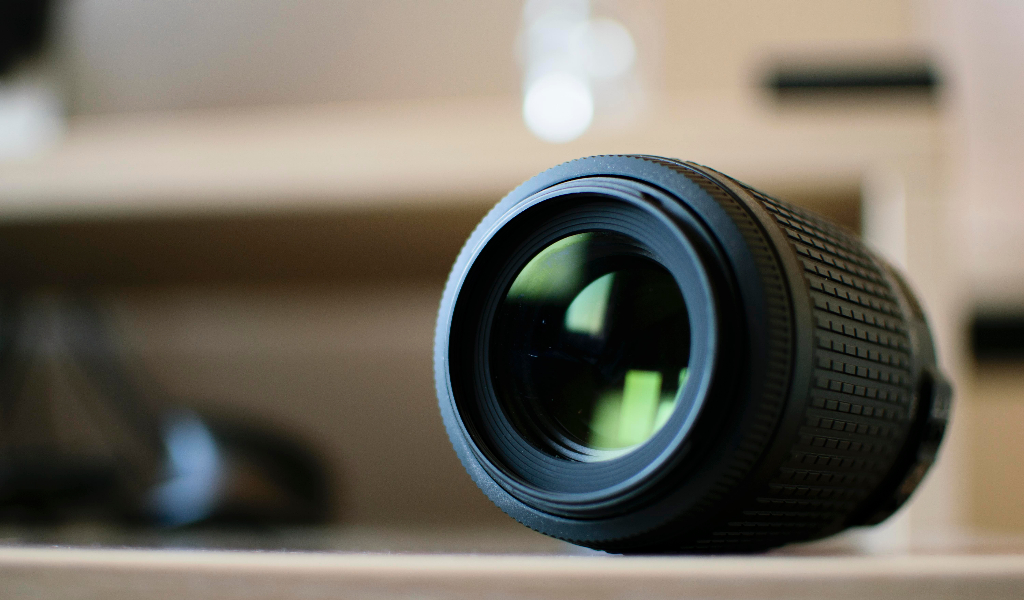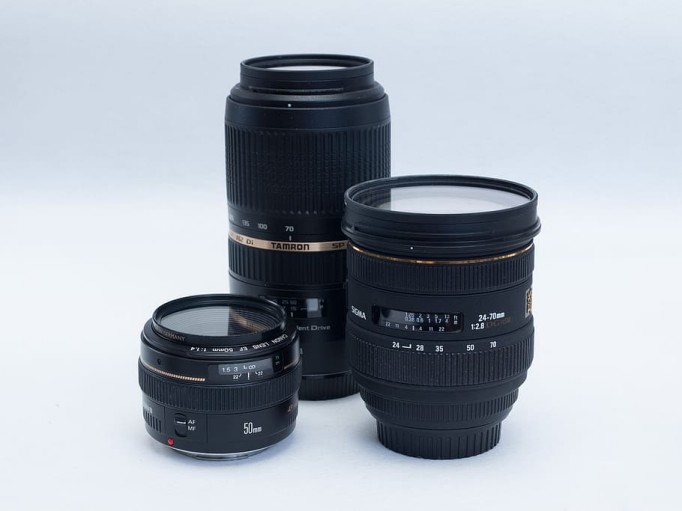Camera Lenses For Starter

So you've got your first camera with interchangeable lens, and wondering which lens should I buy then I hope this post may help you in some way. (if it's just point-and-shoot compact camera, well this post is still good to know for you as well). Camera manufacture usually ship it's camera with a lens attached, standard kit lens. Usually, 18-55 mm (for APS-C), which equivalent to 24-72 mm (full frame). For starter this is a good lens, especially when it has feature such as image stabilization. This feature will help you, making sure you take a sharp image, by reducing the shakiness when clicking the shutter button. But if you want more than that, first you need to know what type of lenses that suit for you.
Prime vs Zoom Lenses
The very distinctive difference between prime & zoom lenses is the focal length. Prime lenses have a fixed focal length, such as: 35mm / 50mm / 85 mm. So, when you want to take a close up image and only have 35 mm or 50 mm lens, you need to move your feet getting closer to the subject. Same way for the opposite scenario. If you want to take an environmental image (ex: landscape), want every element to be there inside the image as much as possible, and you only have 50mm or 85mm lens with you then you need to take step further back. But with zoom lenses, (ex: 18-55mm / 24-72mm / 18-200mm), you don't need to move your feet, getting closer or further back with your subject. Just turn around the zoom, and the focal length will change accordingly. So, versatility is the downside for prime lenses but plus point for zoom lenses.
Other difference that you need to consider is that usually prime lenses generally faster than zoom lenses. Prime lenses can have aperture as wide as f1.8 or even f1.2, which means more light can come through the sensor. While typical zoom lenses can open aperture as wide as f3.5. There are zoom lenses that has f2.8 aperture, but normally is more expensive than other zoom lenses.
So, in summary:
| Prime | Zoom | |
|---|---|---|
| Size & weight | Smaller and lighter | Large and bulky |
| Portability | A prime lens has a fixed focal length, so you have to bring additional lenses of different focal lengths for various shooting ranges. | Only need to bring just one zoom lens that covers the full range of focal lengths. |
| Versatility | Fixed focal length, means that to change the angle of view, the camera has to be physically moved. | Can handle a variety of shooting situations because of its variable focal length |
| Speed | Generally faster, in aperture | Doesn’t have fast aperture, usually max at f2.8 |

Focal Length
You can also categorized lenses based on its focal length.
-
Wide angle, lenses with focal length smaller than 24mm (full frame equivalent) can be consider a wide angle lenses.
-
Portrait, lenses with focal length in range between 35 - 85mm (full frame eqv.)
-
Telephoto, lenses with focal length above 85mm (full frame eqv).
So which camera lens is best suited for starter?
Personally, I think if you just starting out in photography and just got a camera with standard kit lens. Then go with that, get familiar with it. Use it to the maximum level, until you feel that it's started to limiting your creativity. Standard kit lens (18-55mm / 24-72mm), is good enough for learning basic photography, because it covers from wide angle focal length to small telephoto. So, it's basically cover all variety shooting situations. If the low light performance, or the lack of telephoto reach become an issue, look for a lens that will alleviate that issue first.
If you want to know how prime lens feels like, you can still simulate the feeling of using it with standard kit lens. Plan a certain period of time, to take a shoot by just using single focal length (ex: 35mm / 50mm). Stick to that focal length, don't change the focal length for whatever shooting situation you've encounter. With this strategy, you'll also be able to figure out what kind of photography that suits you. Is it landscape photography, street photography, portrait or even wildlife photography.
From there you can expand your lens collection accordingly to your photography style.
